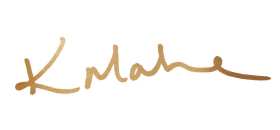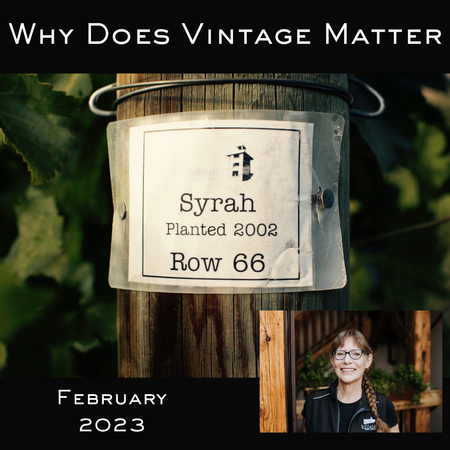To be truthful, it doesn’t always. Some wines are made specifically to be the same year on year as variation is not considered desirable. What I call “factory wines” are vinted and then blended with a view to give the consumer the same experience year on year. Hence, warmer vintages may be blended with cooler, and warmer and cooler regions may be blended as well. Further intervention in the cellar can create the same wine each year. These wines will not have a date on the label, and they will be at the lower end of the price scale.
A few premium wines are “non-vintage”. Champagnes and other sparkling wines may be blended to create the ultimate experience, and ports and sherries are often made using the “solera” method—blending vintages to achieve a consistent style.
In the premium tier of wines however, vintage is almost everything. The growing conditions during the year determine the flavour profile and mouthfeel of each variety, which can be quite varied. Cabernet Sauvignon can run the gamut from dark fruit–blackberry, black current etc in a long hot year, to herbal—eucalyptus, sage and thyme in cooler years, to green bell pepper in a cold year.
Wine tasting circles like to describe the flavours of wine as primary—originating from the fruit itself, secondary—resulting from treatment at the winery: cap management , oak treatment etc., or tertiary—arising from the time spent aging in barrel or bottle.
The particulars of the vintage, or growing season, will dictate the primary flavours while the length of time in bottle determines the tertiary flavours. It is the winemaker’s job to understand the growing season and resulting fruit and adjust their regimen to best showcase the fruit of that season. For instance, I may choose to use more new oak in a warmer season as the grapes will have a greater fruit profile which can stand up to the oak flavours (secondary flavours), while the new oak tannins will help to soften the increased tannin presence brought on by the hot year.
Winemakers and vineyard managers watch with bated breath every weather report and forecast in order to take advantage of, or mitigate, the vagaries of our climate. We have opportunities to control crop level by shoot thinning, and dropping fruit. Ripening can be aided by leaf-removal—increasing the warmth in the fruit through direct exposure to the sun’s radiation. Diligence in monitoring vine health will prevent the ill-affects disease can bring, especially with mid to late season rains. Understanding the vine’s ability to endure winter cold informs pruning decisions and crop levels.
Nails are bitten, hairs turn grey.
Knowing a bit about the vintage gives the consumer some idea of what to expect from the wine. For instance, 2011 was a very cool year, which, because it followed a cool year, was very low yielding. This is both because the vines produced less fruit than normal (yield is determined in the previous summer) and growers were more conservative in managing their crop level (once bitten twice shy). In these wines you will find flavour that tend to be more herbal, sometimes floral and, because the fruit was also higher in acid than warmer years, there will be a good retention of these flavours. Because the yield was low, the fruit concentration, especially on the palate is extraordinary.
2008 was an important year for Hillside as we acquired heating capability for our red ferments. This allowed us to achieve higher temperatures during fermentation and longer skin-contact, so greater extraction of tannin and colour. This shifted the style of our reds into the premium arena. In this case the vintage date reflects a change in secondary characteristics.
The 2015 summer was our hottest on record. The wines are rich, fruity and big. They truly reflect the warmth of the season. Will they age well? Only time can tell us that.
Knowing the vintage of a wine, and some of the details about that year, allows both the winemaker and consumer some context for the wine and the ability to be taken back to that time and place.

